


I started looking for tranquil cafs and restaurants around six years ago for Quiet London, the first illustrated guide to muzac-free locations to eat, drink, read, wander and browse in the capital. From the moment it was published, this small book was appreciated by many readers. I noticed that a few people not only bought the guide for themselves, but also for close friends. Instead of just giving them something to read, they were also saying, I am giving you some quiet time implicit permission to find tranquil moments in your life. This was very encouraging, and I was really pleased to learn that I wasnt the only person to appreciate and seek out quiet locations in this busy city.
Starting to do research for three new Quiet London books on Culture, Quiet Corners and Food & Drink, I realised that discovering calm, peaceful places was not just about avoiding city noise and anonymous crowds but also about finding beautiful, serene locations that would make people feel happy. I only shot photographs in the daytime, but I wanted to come back after dark for the Midnight Apothecary in the pretty Brunel Museum garden, to drink blackberry martinis surrounded by sunflowers, nasturtiums and lavender. I was delighted to have the opportunity to write about other quiet places in London, not only because there were many restaurants and cafs that I couldnt include in the first book, but also because some new places opened, which suggests that the more crowded London gets, the more people really appreciate peaceful places to eat and drink. Music-free cafs that didnt exist a few years ago include the friendly Suzzle on Brick Lane and the Dalston Curve Garden. This informal Hackney caf was created on the old Eastern Curve railway and is a great place to sit under a leafy bower drinking homemade lemonade with a slice of orange-and-almond cake. Where else in London can the tea maker pick lemon verbena leaves from the bushes near your seat to make your herbal infusion? The Dalston Curve Garden, in particular, demonstrates the precious enthusiasm and commitment of local people, who put considerable effort into creating intimate green spaces in densely packed urban areas.
Life in London is much more pleasurable than ten years ago, with street food and small catering businesses producing delicious hot dishes and tasty cakes to eat at home. Without any fuss or big announcements, London seems to be quietly benefiting from the concept of Slow Cities, an idea that evolved from the Slow Food movement. This Italian campaign seeks to improve the quality of fabric of life in... local areas, as well as good food and wine... the cherishing of local traditions, a belief in diversity as opposed to globalisation and sameness, resistance to the frenetic pace of everyday life. Although they state that towns or cities with more than 50,000 residents cant ever be called a Slow City, it seems that small pockets of London are turning into their ideal village-like communities, where food still has a connection to the farmer and grower. Lambs Conduit Street in Bloomsbury is one such example not only can you shop at the Peoples Supermarket, which has an excellent traiteur at the rear, but also visit Caroline and Friends, a shop selling clothes and jewellery from suppliers the owner knows personally and has worked with for decades.
The number of farmers markets has increased in the last few years, too, with some stunningly beautiful new sites. Perched on top of a hill with dramatic views of the city far below, Horniman Gardens Farmers Market is held in one of the most spectacular locations in the capital. In the centre of London, Bloomsbury Farmers market transforms empty Torrington Square into a colourful, lively place to find organic food, brought here by the very people who cultivate the runner beans and tomatoes you are about to buy. It is hard to deny that shopping here is a much more pleasant experience than pushing a trolley round an artificially lit supermarket where most items on the shelves are the same, day in day out. One place to try out delicious foods in a quiet location, with time to chat to the person who cooked the dishes, is the Lone Fisherman his spicy Caribbean patties with hot pepper sauce can be found at the weekend at Merton Abbey Mills Market.
Another thing I learnt while researching Food & Drink was that ideas that we assume to be quite new have often been done before. In 1827 Isambard Kingdom Brunel organised the worlds first formal dinner underground in his new tunnel beneath the Thames. Surrounded by candlelight, fifty guests enjoyed their feast accompanied by the Coldstream Guards regimental band. Those intrepid participants were Londons first pop-up diners, and they must have been delighted to emerge into daylight after relishing their subterranean meal.
So what has changed in the last few years since the first Quiet London book was published? There are so many interesting new places to buy groceries or sit down to eat. Small pockets of London have been transformed from drab, nondescript streets into interesting neighbourhoods. From the organic grocers on Broadway Market, a few minutes walk from the Regents Canal, to Calvert Avenue, previously undistinguished locales are now great places to visit, with attractive shops, cafs and pubs to meet up at with friends at the weekend. Unfortunately, many of these locations stream music or play the radio which makes the few shops and cafs that dont even more precious and rare. After discovering that many people, not just myself, prefer to eat and drink in quieter places, this book only includes locations that do not play background music. Some cafs and restaurants might get lively after dark as diners enjoy talking to their friends, but at least they wont have to shout above someone elses choice of jazz or funk. I am also happy to say that, despite some initial doubts, when I revisited the places I included in the previous Quiet London book, it was clear that the muzac-free shops, tearooms and brasseries dont get overcrowded and raucous. I think my readers tend to tread quietly wherever they go.
So, after getting up early to pick up some Spanish padrn peppers from Garcia, an amazing delicatessen in Portobello Road, and a rye loaf from Sally Clarkes round the corner, stop by for a green vegetable curry for lunch at Makan Malaysian caf. After work, spend the evening with friends at the sophisticated Le Deuxime restaurant in Covent Garden and, on your way home, pick up a box of sweet yellow Indian barfi from Ambala. Quiet London: Food & Drink shows that its not only possible but also very pleasurable to enjoy food from all over the world without ever having to listen to someone elses choice of ambient music.

Hazuki
Hazuki
43 Chandos Place, WC2N 4HS  020 7240 2530
020 7240 2530
www.hazukilondon.co.uk
Open lunch MondayFriday 122.30pm, Saturday and Sunday 12.303pm; dinner Monday 610.30pm, TuesdaySaturday 510.30pm, Sunday 59.30pm. Open during Easter and on New Years Day
Next page

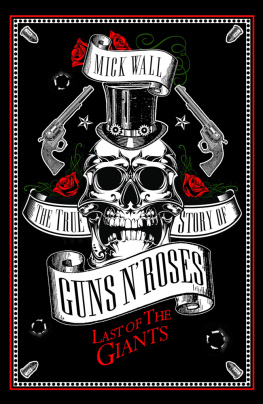
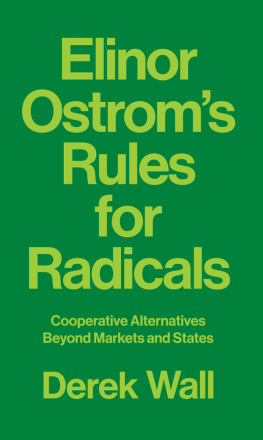




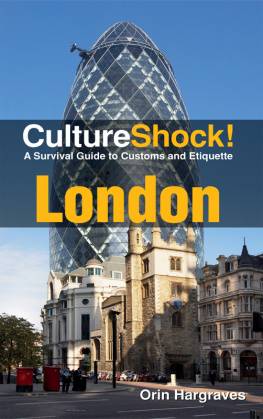
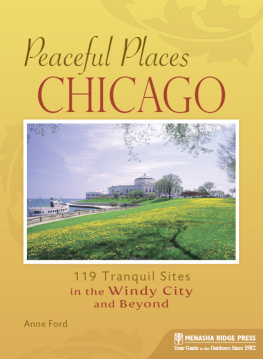
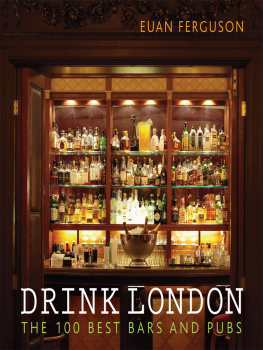

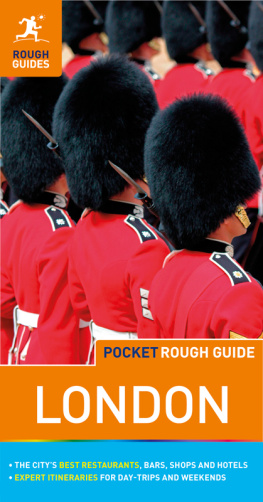
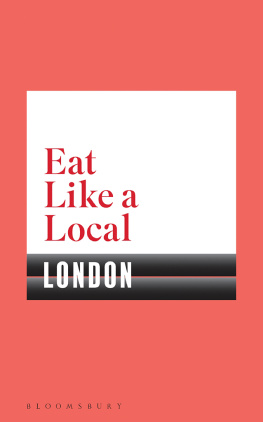
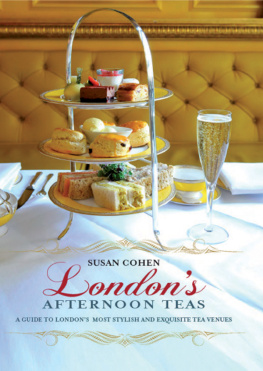

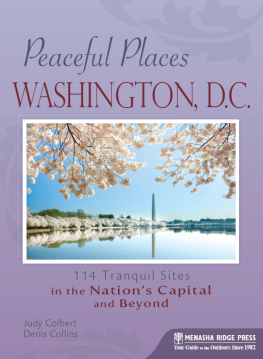

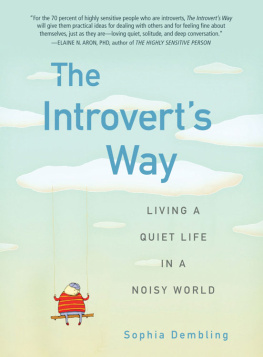





 020 7240 2530
020 7240 2530